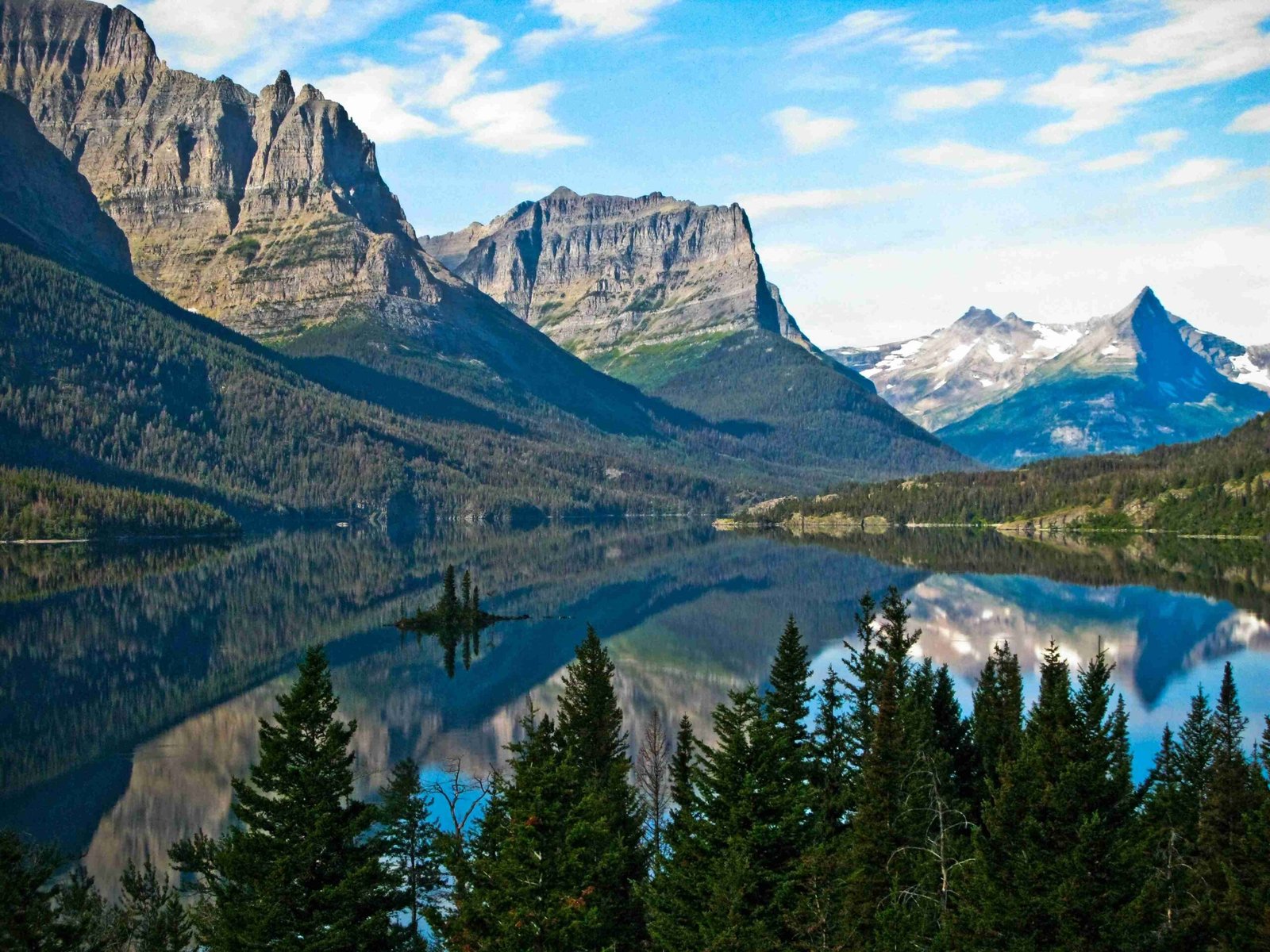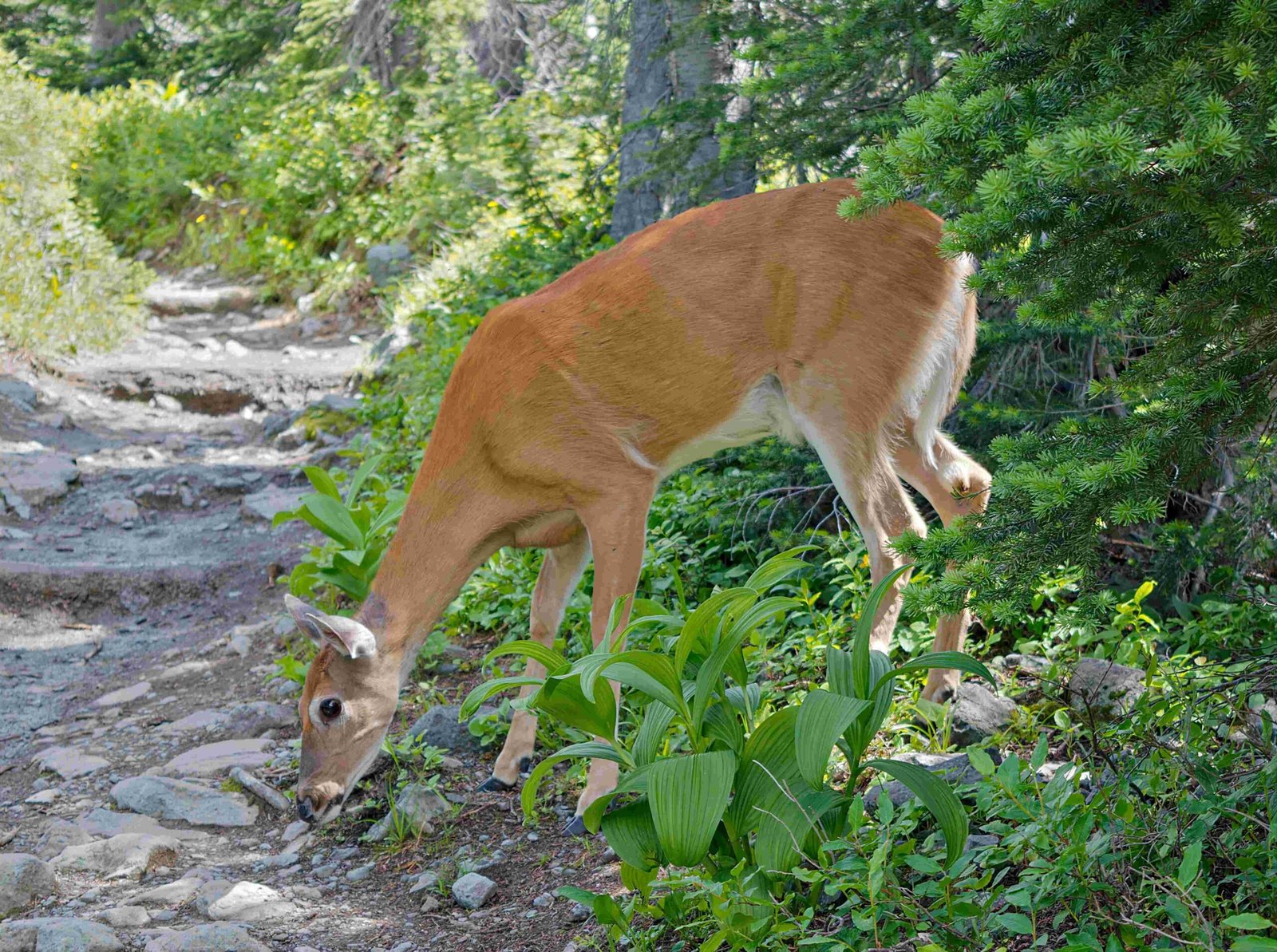Glacier National Park in winter transforms into a frozen wonderland, offering unique experiences for adventurers and nature enthusiasts. The park’s pristine snow-covered landscapes, frozen lakes, and diverse wildlife create a magical setting for winter activities. From cross-country skiing and snowshoeing to wildlife viewing, Glacier National Park USA frozen provides an unforgettable winter escape. This guide explores the park’s winter offerings, logistics, and essential information for visitors seeking to experience its frozen beauty.
What Winter Activities Are Available in Glacier National Park?

Cross-Country Skiing
Glacier National Park offers excellent opportunities for cross-country skiing enthusiasts:
- Many park roads, including parts of Going-to-the-Sun Road, become ski trails in winter
- Trails provide spectacular scenery with fewer crowds
- Most trails are unmarked, requiring topographic maps for navigation
- Apgar Lookout Trail: A challenging 10.5-mile round trip for experienced skiers
Snowshoeing
Snowshoeing is a popular winter activity in the park:
- Accessible trails near West Glacier Entrance and along Going-to-the-Sun Road
- Lake McDonald Lodge parking lot trail: A beginner-friendly route with stunning views
- Ranger-led snowshoe walks: Free, two-hour guided tours from Apgar Visitor Center
Which Lakes Freeze in Glacier National Park?

Several lakes in Glacier National Park freeze during winter, offering unique experiences:
Lake McDonald
- Largest lake in the park
- Popular for shoreline walks, snowshoeing, and cross-country skiing
- Accessible via boat launch area or parking lots
Bowman and Kintla Lakes
- Located in the North Fork area
- Accessible via winter trails
- Offer scenic views and opportunities for winter hiking and snowshoeing
What Wildlife Can Be Seen in Winter?
Winter in Glacier National Park provides excellent wildlife viewing opportunities:
- Elk, deer, and moose are easier to spot against the snowy landscape
- Birdlife includes harlequin ducks, white-tailed ptarmigans, and stellar jays
- Grizzly bears hibernate during this time
Best Locations for Wildlife Viewing
- Going-to-the-Sun Road: Unplowed portions are excellent for wildlife spotting
- Ranger-led snowshoe walks: Guided tours provide insights into winter wildlife habits
How to Plan a Winter Visit to Glacier National Park?
Parking and Transportation
- Designated parking lots available at key locations
- 4×4 vehicles recommended for winter driving conditions
- County plows maintain roads, but some areas may be inaccessible
Costs and Tour Packages
- Park entrance fees apply
- Some activities, like ranger-led snowshoe walks, are free
- Equipment rentals available (e.g., snowshoes at Apgar Visitor Center)
- Guided tours offered by various companies:
- Glacier Adventure Guides
- Glacier Treks Outdoor Adventures
- Whitefish Outfitters & Tours
Scheduled Events and Programs
- Weekend ranger-led snowshoe walks from Apgar Visitor Center
- The Glacier Institute offers field-based educational adventures
What Safety Precautions Should Be Taken in Winter?
Winter visits to Glacier National Park require extra preparation:
- Check weather forecasts and road conditions before traveling
- Carry appropriate winter gear and emergency supplies
- Be aware of avalanche risks and check advisories
- Inform someone of your plans and expected return time
- Carry bear spray, even though bears are less active in winter
What Accommodations Are Available in Winter?
Winter accommodations in and around Glacier National Park include:
- Limited in-park lodging (check availability)
- Nearby towns like West Glacier and Whitefish offer various options:
- Hotels
- Vacation rentals
- Bed and breakfasts
How Does Climate Change Affect Glacier National Park in Winter?
Climate change impacts on Glacier National Park’s winter landscape:
- Gradual reduction in glacier size and number
- Changes in snowpack and winter precipitation patterns
- Potential shifts in wildlife behavior and habitat
Conservation Efforts
- Park initiatives to reduce carbon footprint
- Educational programs on climate change impacts
- Ongoing research to monitor and mitigate effects
What Photography Opportunities Exist in Winter?
Glacier National Park offers stunning winter photography subjects:
- Snow-covered peaks and frozen waterfalls
- Wildlife against snowy backdrops
- Pristine, untouched winter landscapes
- Northern lights (aurora borealis) viewing opportunities
Photography Tips
- Bring appropriate cold-weather gear for cameras
- Use tripods for stability in snowy conditions
- Consider joining a winter photography workshop or tour
How Has Glacier National Park’s Winter Tourism Evolved?
Historical perspective on winter tourism in Glacier National Park:
- Increased popularity of winter activities over the past decades
- Development of winter-specific programs and facilities
- Growing awareness of the park’s winter beauty and unique experiences
Future Outlook
- Potential expansion of winter services and activities
- Balancing increased winter visitation with conservation efforts
- Adapting to changing climate conditions and their impact on winter activities
Glacier National Park USA frozen offers a unique and breathtaking winter experience. From exhilarating outdoor activities to serene wildlife viewing, the park transforms into a winter wonderland that captivates visitors. By understanding the available activities, necessary preparations, and conservation efforts, visitors can fully appreciate the frozen beauty of this iconic national park while contributing to its preservation for future generations.
References:
1. https://smokybear.com/glacier-national-park-winter-activities/
2. https://myitchytravelfeet.com/glacier-national-park-winter-trip/
3. https://www.glacierhighline.com/blog/glacier-national-park-in-winter/